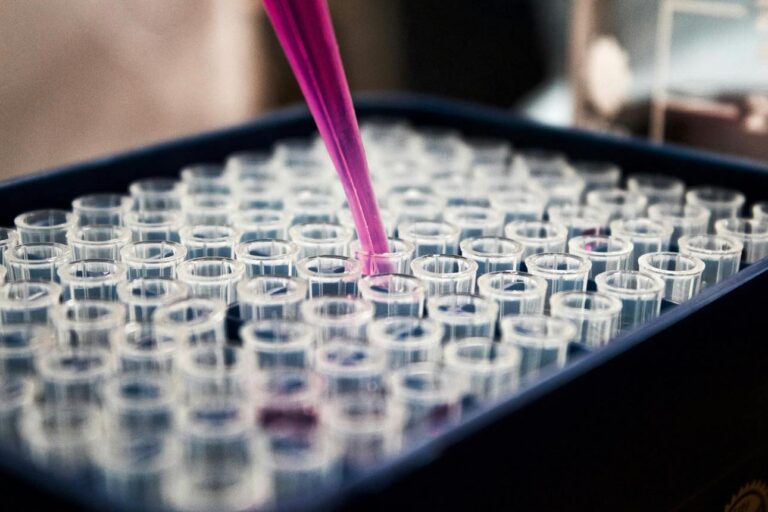Individual Benefits:
BPC-157:
- Accelerated wound healing
- Enhanced muscle growth and strength
- Anti-inflammatory effects
- Gastrointestinal health
- Neuroprotection
TB-500:
- Enhanced angiogenesis (blood vessel growth)
- Improved muscle growth and strength
- Anti-inflammatory effects
- Cardiovascular health
- Neuroprotection
Synergistic Benefits:
- Enhanced Wound Healing: BPC-157’s accelerated wound healing and TB-500’s angiogenesis promotion may synergistically enhance tissue repair.
- Increased Muscle Growth: Combining BPC-157’s muscle growth stimulation and TB-500’s angiogenesis may amplify muscle hypertrophy.
- Improved Tissue Regeneration: BPC-157’s regenerative properties and TB-500’s angiogenesis may enhance tissue repair and regeneration.
- Enhanced Anti-Inflammatory Effects: Combining BPC-157 and TB-500’s anti-inflammatory properties may provide more effective inflammation reduction.
- Neuroprotective Enhancement: Synergistic neuroprotection may help mitigate neurodegenerative diseases.
Mechanisms of Action:
- Growth Factor Stimulation: BPC-157 stimulates growth factors, while TB-500 enhances angiogenesis, promoting tissue repair.
- Cell Migration and Differentiation: BPC-157 promotes cell migration, while TB-500 enhances cell differentiation.
- Anti-Apoptotic Effects: Both peptides inhibit cell death, promoting cell survival.
Potential Therapeutic Applications:
- Muscle Wasting Diseases: Combined treatment may aid in muscular dystrophy.
- Wound Care: Synergistic wound healing enhancement may benefit surgical and trauma patients.
- Gastrointestinal Disorders: Combined treatment may alleviate inflammatory bowel disease.
- Neurodegenerative Diseases: Enhanced neuroprotection may help mitigate Alzheimer’s and Parkinson’s.
Important Considerations:
- Research Status: Both peptides are currently classified as research peptides.
- Side Effects: Common side effects include headache, nausea, and dizziness.
- Administration: Typically administered via subcutaneous injection.
Conclusion:
Combining BPC-157 and TB-500 may unlock synergistic benefits, enhancing tissue repair, muscle growth, and neuroprotection. Further research is necessary to fully explore the potential of this combination.
References:
- [1] Sikiric et al. (2018). BPC-157: a potential therapeutic agent. Journal of Clinical Medicine, 7(12), 535.
- [2] Goldstein et al. (2012). Thymosin beta-4: a multi-functional regenerative peptide. Expert Opinion on Biological Therapy, 12(1), 23-33.





